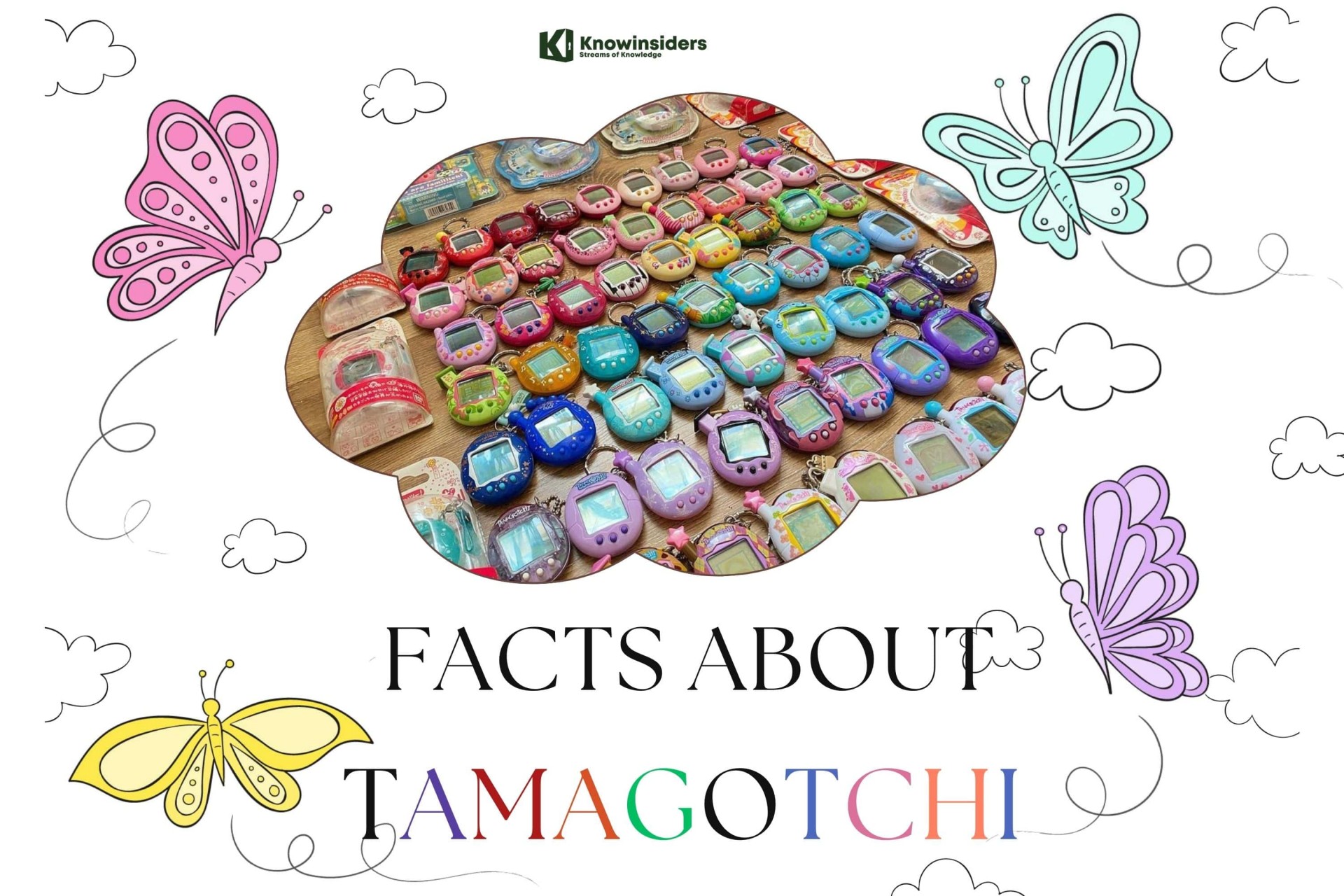9 Little-Known Facts About Mars
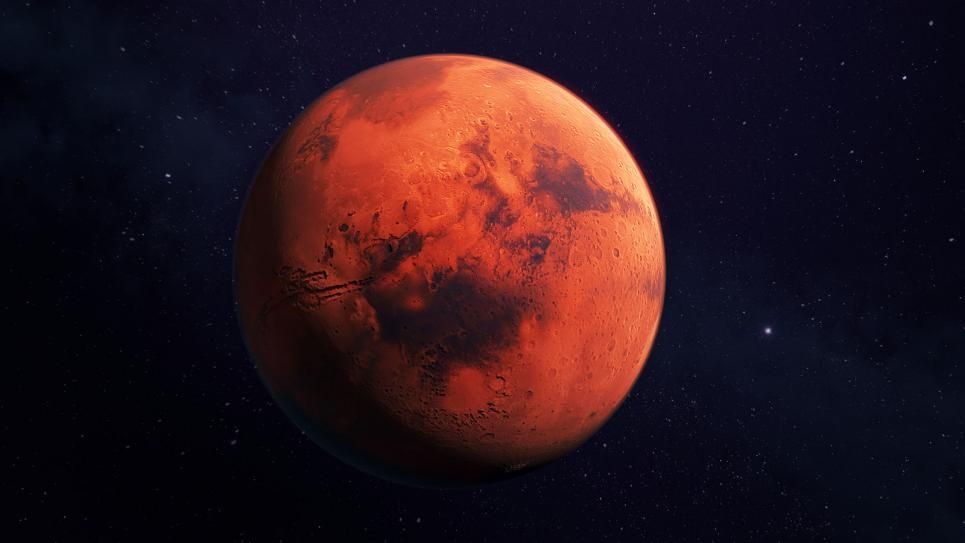 |
| Little-Known Facts About Mars |
| Contents |
With last week's successful landing of the robot rover Curiosity on the surface of Mars, the Red Planet has been receiving a lot of media attention recently. The concept of transporting humans to Mars has been the subject of science fiction and real-world investigation for decades.
The possibility that Mars' environment was warm and wet and could have supported life at that time (about 3.5 billion years ago) is one reason for this fascination.
Here are 9 fascinating facts about Mars:
1. Mars Had Water In The Ancient Past
The question of whether or not life ever existed on Mars has been hotly debated for decades. Observations of "canali," the Italian word for channels, on the planet were mistaken by astronomer Percival Lowell as proof of alien-made canals. Poor telescope optics of the day meant that Lowell's observations were limited, and the canals he thought he saw turned out to be nothing more than optical illusions. Channels carved into the landscape and rocks that could only have developed in the presence of water have been discovered by many spacecraft, but these aren't the only clues of ancient water.
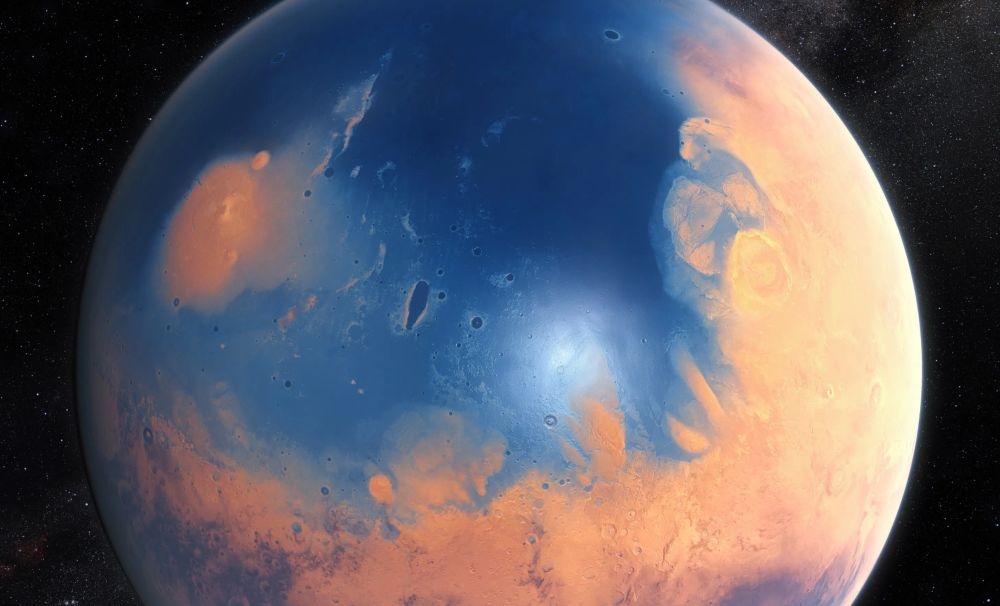 |
| Photo: Thecosmiccompanion.net |
2. Mars Has Frozen Water Today
Because water indicates habitability, it is a topic of great interest to humans. Put another way, the presence of water increases the probability of the presence of life as we know it. The current mission of the Curiosity rover on Mars is to look for signs of past or contemporary life (in the past or present). We know for sure that there is ice near the poles, and perhaps chilly spots elsewhere on Mars, despite the planet's thin atmosphere, which prevents water from flowing or remaining in considerable quantities on the surface. To what extent can the ice melt water throughout the summer to sustain bacteria is the question.
 |
| Photo: Engadgetcom |
3. Pieces of Mars have been found on Earth
Meteorites from Mars are thought to include traces of the red planet's atmosphere. During millions of years, these meteorites traveled through space alongside other objects and solar debris before striking Earth's atmosphere and plummeting to the earth. Scientists can now learn more about Mars thanks to this research before sending any astronauts there.
4. Mars has the largest dust storms in the solar system
They can last for months and cover the entire planet. The seasons are extreme because its elliptical (oval-shaped) orbital path around the Sun is more elongated than most other planets in the Solar system.
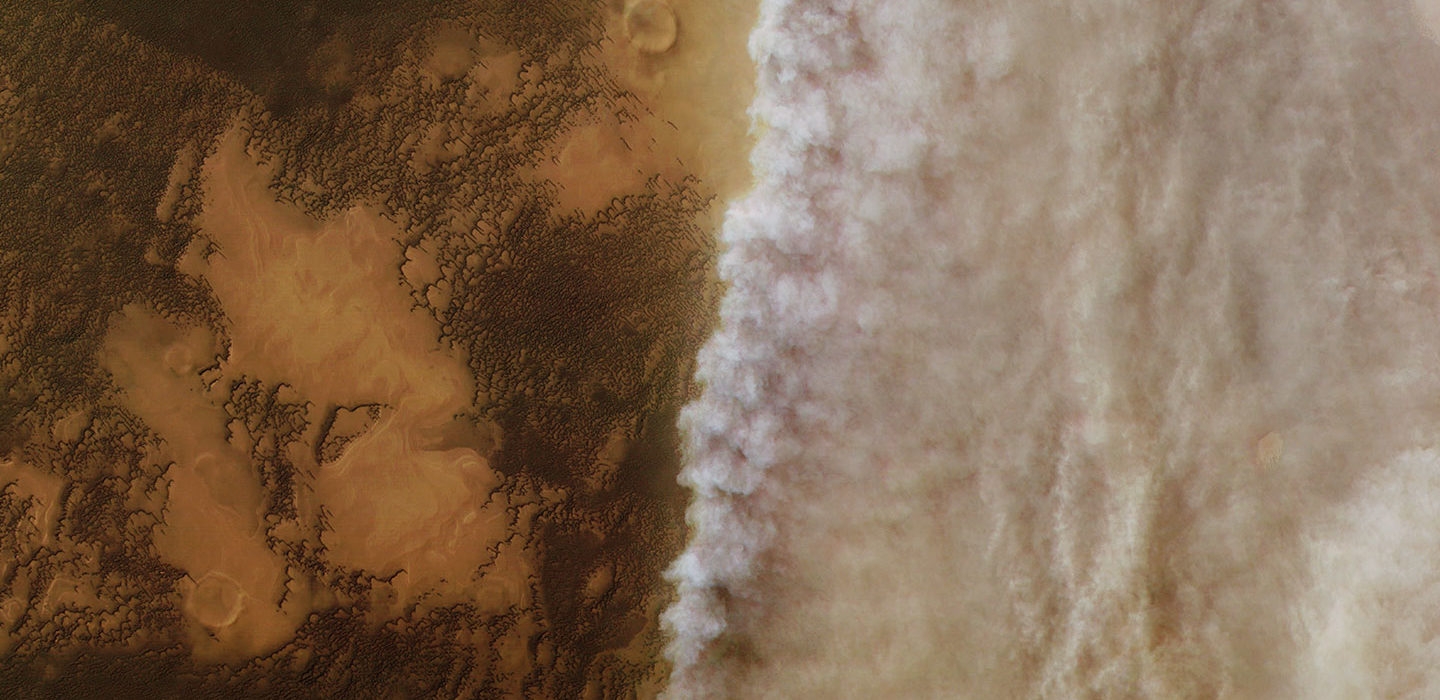 |
| Photo: Sciencenews.org |
5. Mars takes its name from the Roman god of war
Ares was the name given to the planet by the ancient Greeks, who named it after their god of battle; the Romans afterwards gave the planet the name Mars, after their god of war, because of the planet's reddish hue. Intriguingly, astrologers in China referred to it as "the fire star," while Egyptian priests addressed it as "Her Desher," or "the red one." Mars' signature red hue originates from the abundance of iron in the planet's surface rocks and dust.
6. Sunsets on Mars are blue
The sky on Mars is a pinkish red during the day, the complete opposite of the sky on Earth.
The blue hue results from the fact that Martian dust is just the correct size to let blue light pass through more easily than other wavelengths. When light is scattered, the blue wavelengths tend to remain closer to the direction of the sun than the other colors. Because yellow and red light scatter in all directions rather than being absorbed or remaining near to the sun, the remainder of the sky appears yellow to orange.
 |
| Photo: Seeker.com |
7. Mars Would Kill An Unprotected Astronaut Quickly
Taking off one's helmet might lead to a number of unpleasant situations. To begin, Mars is often quite chilly; its mid-latitudes average about -50 degrees Fahrenheit (-45 degrees Celsius). Second, there is hardly any air there. On Mars, atmospheric pressure is only one one-hundredth that of Earth's surface. Thirdly, even if it did have an atmosphere, it wouldn't be the nitrogen-oxygen combination that humans need.
Mars' atmosphere is composed primarily of carbon dioxide, with just around 5% of other components present.
8. On Mars the Sun appears about half the size as it does on Earth
When Mars is closest to the Sun, the southern hemisphere tilts toward it, resulting in a brief, extremely hot summer, while the northern hemisphere experiences a brief, cold winter. When Mars is farthest from the Sun, the northern hemisphere tilts toward it, resulting in a long, mild summer, while the southern hemisphere experiences a lengthy, cold winter.
9. The tallest mountain known in the solar system is on Mars
 |
| Photo: Space.com |
Olympus Mons is a shield volcano with a diameter of 600 km and a height of 21 km. It developed billions of years ago. Recent lava deposits identified by scientists provide strong evidence that Olympus Mons is still actively erupting. The central peak of Rheasilvia on the asteroid Vesta is 22 kilometers higher, but this mountain is still the second highest in the entire solar system.
Life on Mars: Will humans trash the planet like we have Earth?Garbage mountains, plastics that take thousands of years to degrade, oil spills in pristine areas caused by drilling for oil on land or in the ocean: Is it inevitable that we'll make the same mistakes on Mars as we did here on Earth? Initially, at least, resource scarcity will make waste production extremely difficult. Due to the limited space on rockets and spacecraft and the nine to eleven month one-way trip required to reach the planet, mankind will only take what is absolutely necessary. "On Mars, whatever you use and make is priceless. You can't afford to have any kind of garbage or pollution coming out of your faucets. According to Stephen Petranek, author of "How We'll Live on Mars," everything will be recycled at first." Although initial Martian waste will be minimal, we cannot discount the possibility of relapse. |
If you find the abovementioned information a good source of knowledge, don't hesitate to share it to your friends or anyone who pay attention to, many thanks from Knowinsider.com!
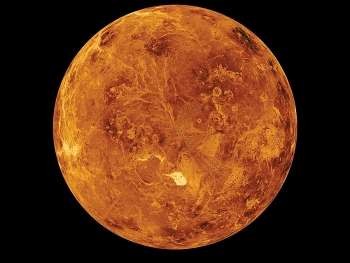 Facts about Venus: Top interesting Things Facts about Venus: Top interesting Things Venus is the second planet from the Sun. Venus is sometimes referred to as the Earth’s sister planet due to their similar size and mass. ... |
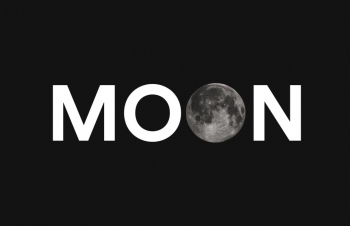 Facts about the MOON: Top 12 Interesting Things Facts about the MOON: Top 12 Interesting Things At a distance of 384,400 km from the Earth, the Moon is our closest celestial neighbour and only natural satellite. Like the Earth itself, the ... |
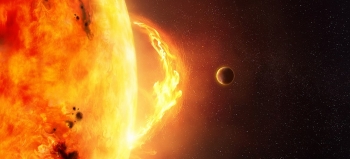 Facts About The Sun: Top 12 Interesting Things Facts About The Sun: Top 12 Interesting Things Think you know everything there is to know about the Sun? Think again. Here are 12 interesting facts about the Sun, collected in no particular ... |

